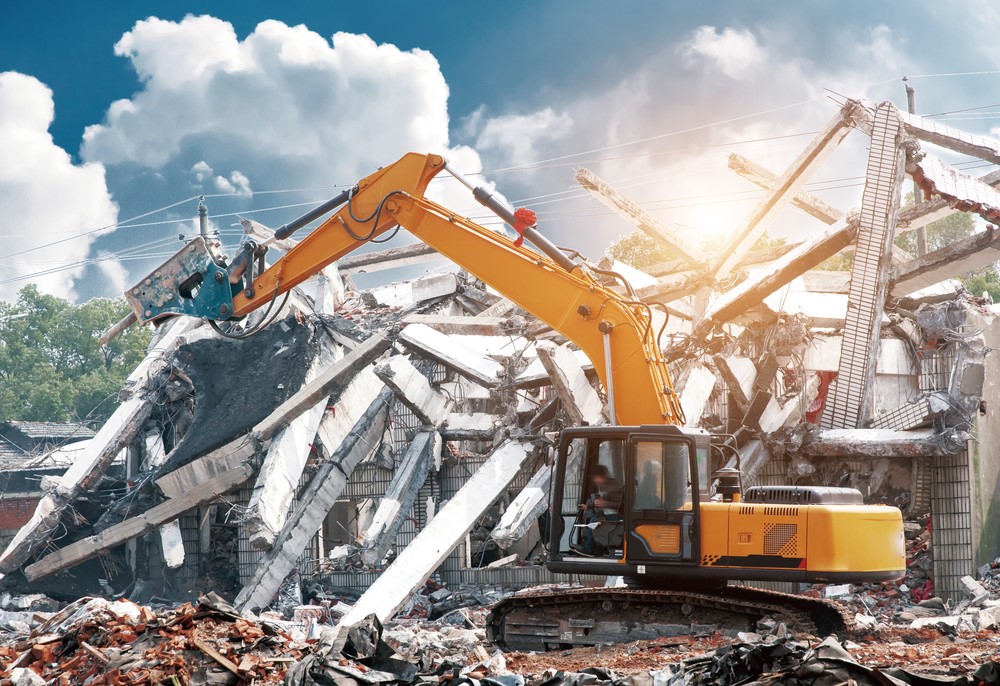Each building or structure, or its parts, which are considered to have a dangerous structural state, could be responsible for harming its users and passers-by, either now or in the future. This could include a wall with evidence of serious cracks or subsidence, flooring that shows excessive bending and parts or components that have failed. Also, if a building or structure looks as though it might be in danger of failing, it is also considered dangerous.
Although the term ‘dangerous’ is often used to describe the physical state of the structure, the building can also be dangerous if it contains ingredients such as asbestos which is hazardous to health. If such material is found, it should be referred to local authorities immediately and removed by professional contractors to make the building secure for occupation. For more information on Demolition Bristol Contractors, visit a site like David Horton, leading Demolition Bristol Contractors

In Britain, where a building or part of a building indicates a serious structural deficiency and poses a danger to health, local authorities can apply to the court to compel the owner to:
Repair the building or make it safe or destroy it to remove the danger. It will also mean the owner is responsible for eliminating the demolished material to a designated waste disposal facility.
During the time it takes for one of the above two options to be completed, the local authority can issue a court order limiting the use of the building until the moment when all the necessary work has been done to the satisfaction of the court judges.
Owners can also be forced by their local authority to eliminate any danger should the scenario be considered an emergency. Or, it may decide to take the necessary action itself. This could include fencing-off, regulation and monitoring structures.
Destroying a dangerous building
There are severe penalties for illegally destroying a building or structure, even if it is in a dangerous state. A small outhouse, for example, even if it is not safe, may seem insignificant architecture but could have great historical significance.
Demolition of dangerous buildings must be supported by sound reasons, for example, for repair or rebuilding work. In most cases, a planning application for such works usually includes good reasons for the demolition to be permitted or not in the planning of the final decision.

Intention – any intention, even the demolition of dangerous buildings must be communicated to local authorities. It will then issue a recognition or a notice requiring the owner to provide further information; the reason for the demolition, and the methods to be used.
It is normally expected that the owners will send out a copy of the notice to the various parties concerned with the building, such as gas and electricity providers, occupiers of buildings and the local authority.
Some structures may not fall under the provisions of the 1984 Building Act. These include greenhouses, conservatories, sheds, some farm buildings and prefabricated garage (which form part of a building) and may not be affected. Therefore, it is important to seek the advice of local authorities in case of doubt regarding the proposed demolition.
